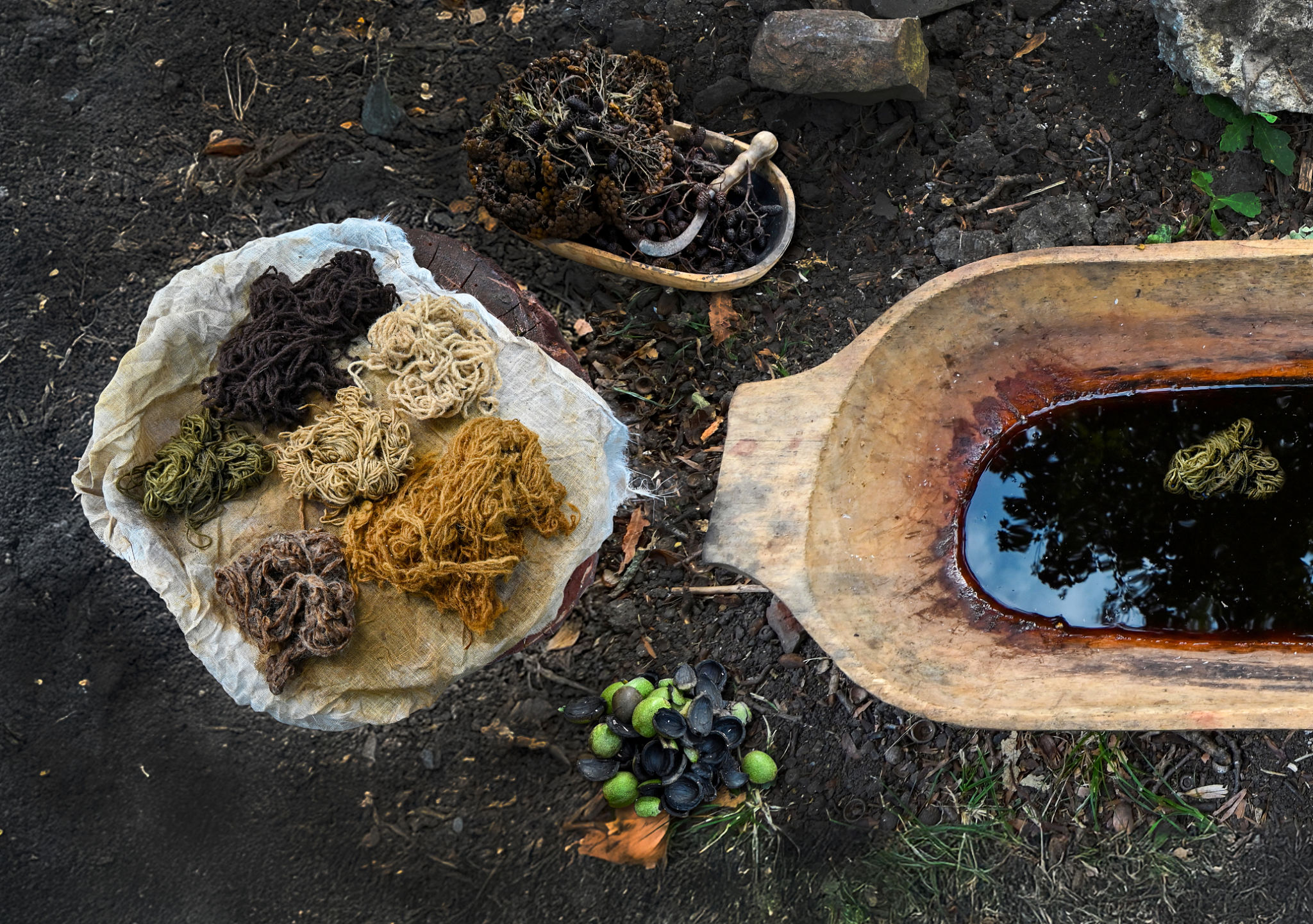Why Mimosa Tenuiflora is the Preferred Choice for Natural Dye Enthusiasts
Introduction to Mimosa Tenuiflora
Mimosa Tenuiflora, commonly known as Tepezcohuite, is rapidly becoming a favorite among natural dye enthusiasts. This remarkable plant has been celebrated for centuries, particularly in the regions of Central and South America, not only for its medicinal properties but also for its vibrant dyeing capabilities. Its bark produces a rich, deep brown color that is both captivating and versatile, making it an ideal choice for those looking to explore natural dyeing.
The resurgence of interest in natural dyes can be attributed to a growing awareness of sustainable practices. Many artisans and hobbyists are turning to natural sources like Mimosa Tenuiflora to avoid the environmental impact associated with synthetic dyes. Let's delve deeper into why this plant stands out in the world of natural dyes.

The Unique Properties of Mimosa Tenuiflora
One of the primary reasons Mimosa Tenuiflora is preferred by dye enthusiasts is its high tannin content. Tannins are crucial for binding the dye to fibers, ensuring long-lasting and vibrant colors. This characteristic makes it particularly effective when used on natural fibers such as wool, cotton, and silk.
Additionally, the bark of Mimosa Tenuiflora is easily processed into a dye, allowing for a straightforward and efficient extraction process. This accessibility makes it an appealing option for both beginners and seasoned dyers looking for consistent results without extensive preparation.
Environmental and Ethical Considerations
In an era where sustainability is paramount, Mimosa Tenuiflora offers an environmentally friendly dyeing solution. The plant is renewable, and its harvesting does not require the use of harsh chemicals or significant energy resources. This aligns with the values of eco-conscious consumers seeking alternatives that do not harm the planet.

Furthermore, the ethical aspect of sourcing Mimosa Tenuiflora is significant. Many suppliers work directly with indigenous communities who have traditionally used the plant, ensuring fair trade practices and supporting local economies. This not only fosters a sense of cultural preservation but also empowers communities economically.
Versatility in Dyeing Applications
Mimosa Tenuiflora's versatility is another reason for its popularity. The dye can produce a range of colors from soft browns to deep charcoals depending on the mordant used and the type of fiber being dyed. This flexibility allows artisans to experiment creatively, offering endless possibilities for unique designs.
Moreover, Mimosa Tenuiflora can be combined with other natural dyes to create custom hues, enhancing its appeal for those who enjoy creating bespoke color palettes. This compatibility with other plant-based dyes expands its utility in various artistic and textile applications.

Conclusion: A Natural Choice
For natural dye enthusiasts, Mimosa Tenuiflora represents more than just a source of color. It embodies a commitment to sustainable practices, ethical sourcing, and the preservation of traditional knowledge. Its unique properties and versatility make it an invaluable resource in the artisan community.
Whether you are a seasoned dyer or a curious beginner, exploring the possibilities with Mimosa Tenuiflora can enhance your craft while contributing positively to environmental and social initiatives. Embrace this natural wonder and discover the rich tapestry of colors it can offer to your projects.